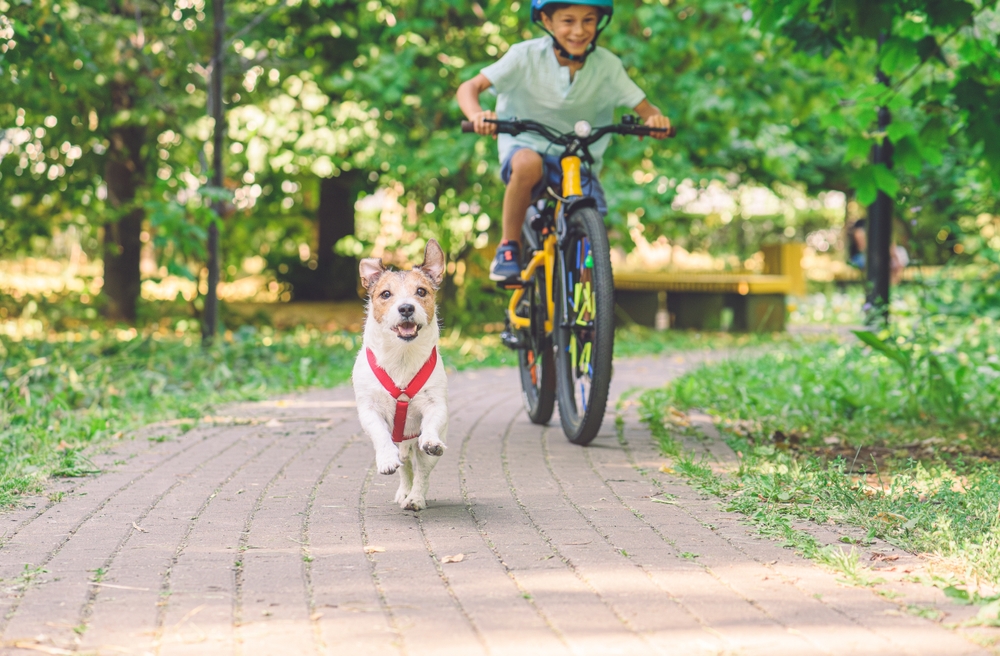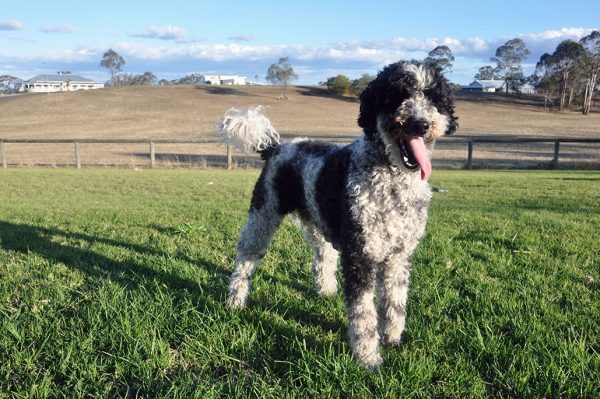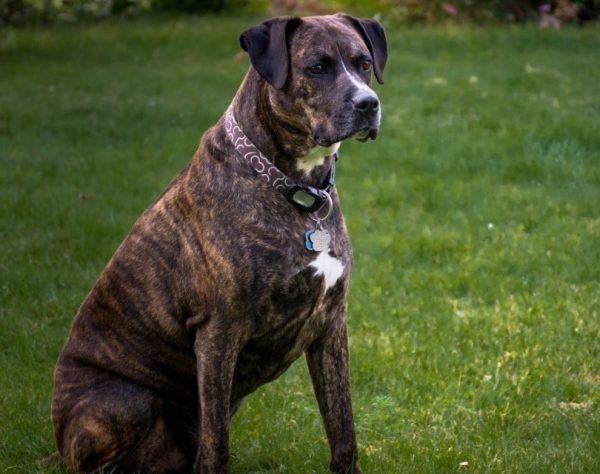Cycling with your dog can be incredibly fun, and it can also be a great way for both of you to get a fantastic workout. However, before you head out on the road, there are several do’s and don’ts that you should consider to ensure that your adventures are safe and fun.

The 6 Do’s of Biking With Your Dog
1. Do Schedule a Checkup
The first thing that you should do before heading out on a trail with your dog is to schedule a checkup with the veterinarian to have your pet looked over to ensure that they are healthy enough to run alongside your bike for an extended period. Some breeds are not suited to long-distance running, and your vet can help advise you on what’s best for your dog.
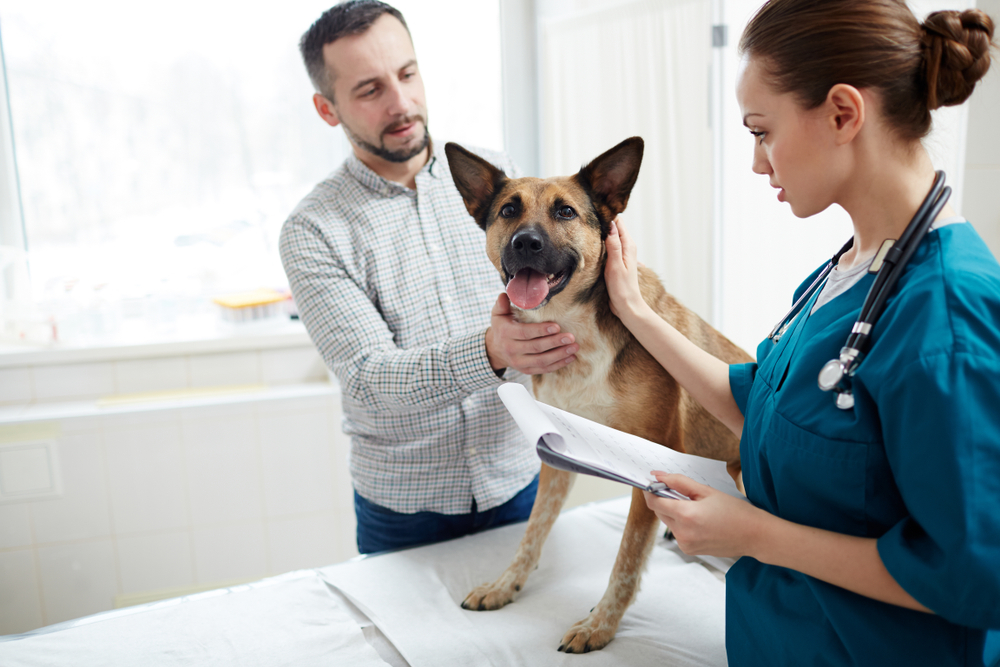
2. Do Use the Right Gear
Invest in a proper harness and a non-tangling leash attachment for your bike to keep your dog safely by your side. Specialized dog bike leashes can help prevent accidents by keeping your pet at a safe distance from the bike. Use dog shoes to protect their paws if they will be running on hot surfaces or rough terrain.
3. Do Train Them First
Before you take your dog out, let them get used to the bike so they are comfortable around it. Put it in a stationary position, then gradually introduce movement, starting with walking the bike and your dog side by side before you begin to ride it. It is also a good idea to ensure that your pet knows important commands, like forward, slow, left, right, easy, behind, and more, so your dog will know what to do when you’re on the trail.
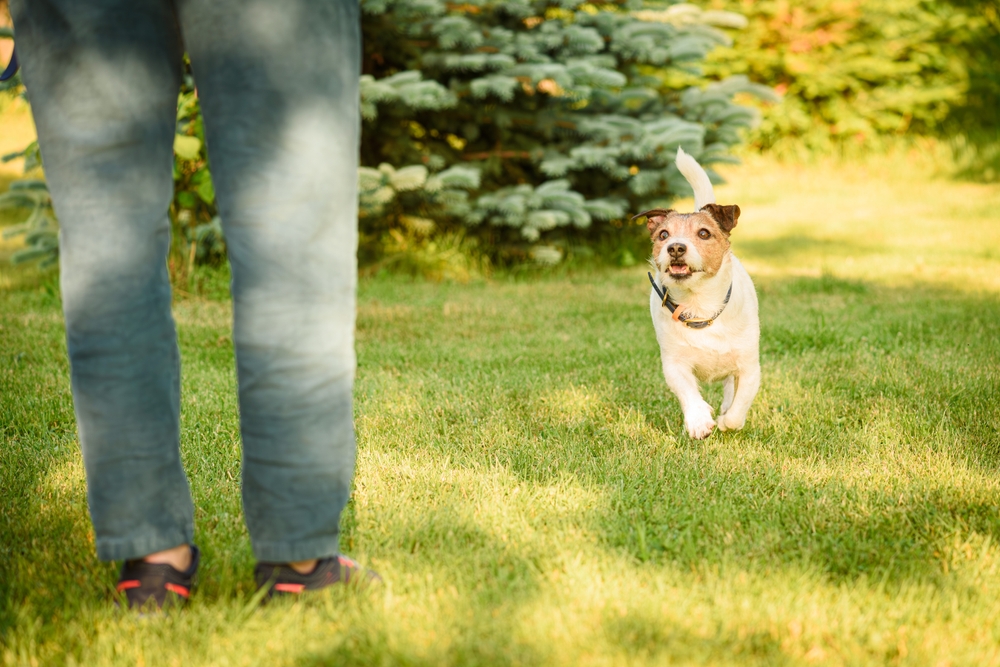
4. Do Keep Hydrated
Always carry water for both you and your dog, especially on hot days, and take frequent water breaks to avoid dehydration. Ensure that any water bottles or containers that you use are BPA-free. Many brands are also insulated, which can help keep the water cool for an extended time.
5. Do Plan Your Route
Choose safe, dog-friendly routes that are away from heavy traffic and that have a natural surface like grass or dirt, which is easier on your dog’s paws than asphalt, especially in warm weather. Choosing routes that your dog is familiar with at first can help make it easier for them to focus on getting used to the bike and running alongside it.
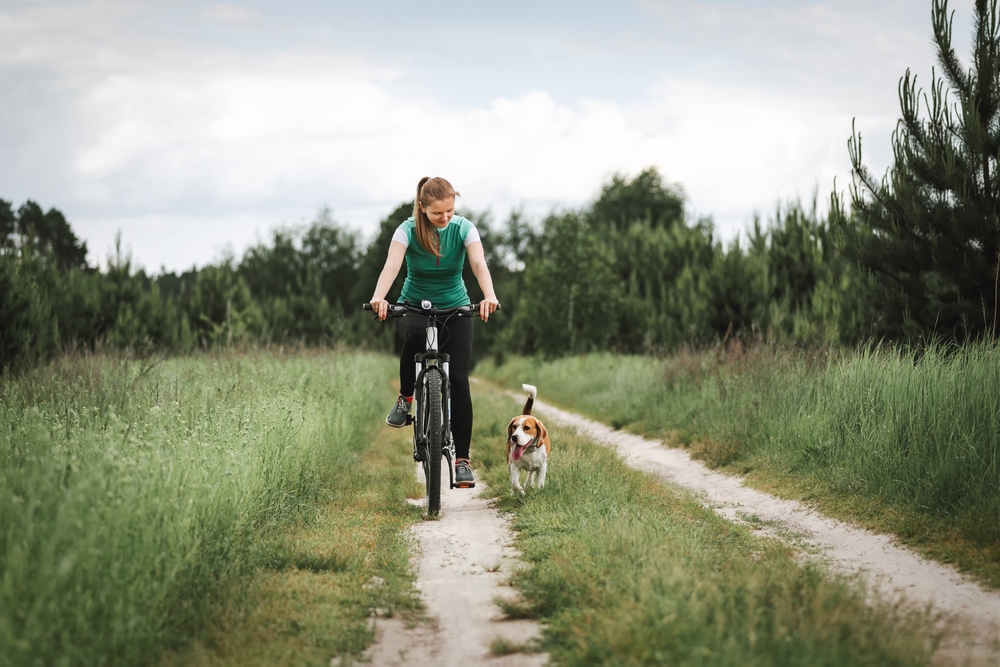
6. Do Monitor Your Dog
Keep an eye on your dog’s condition throughout the ride. Look for signs of fatigue, overheating, or discomfort that can include slowing down, heavy panting, drooling, whining, and limping, and take a break if (ideally before!) you notice these.
The 5 Don’ts of Biking With Your Dog
1. Don’t Assume That Your Dog Is Ready or Willing
Not all dogs are good at running alongside a bike. Consider your dog’s age, fitness level, and breed before you begin purchasing gear. Brachycephalic breeds like Pugs and Bulldogs may have difficulty with intense exercise, while others might have other physical limitations, such as short legs, that will prevent them from being able to keep up or enjoy themselves. Even physically capable dogs may need time to build up enough endurance to be ready for a long adventure.
2. Don’t Skip Training
Never assume that your dog will automatically know how to behave while you’re cycling. Skipping proper training can lead to accidents and injuries.
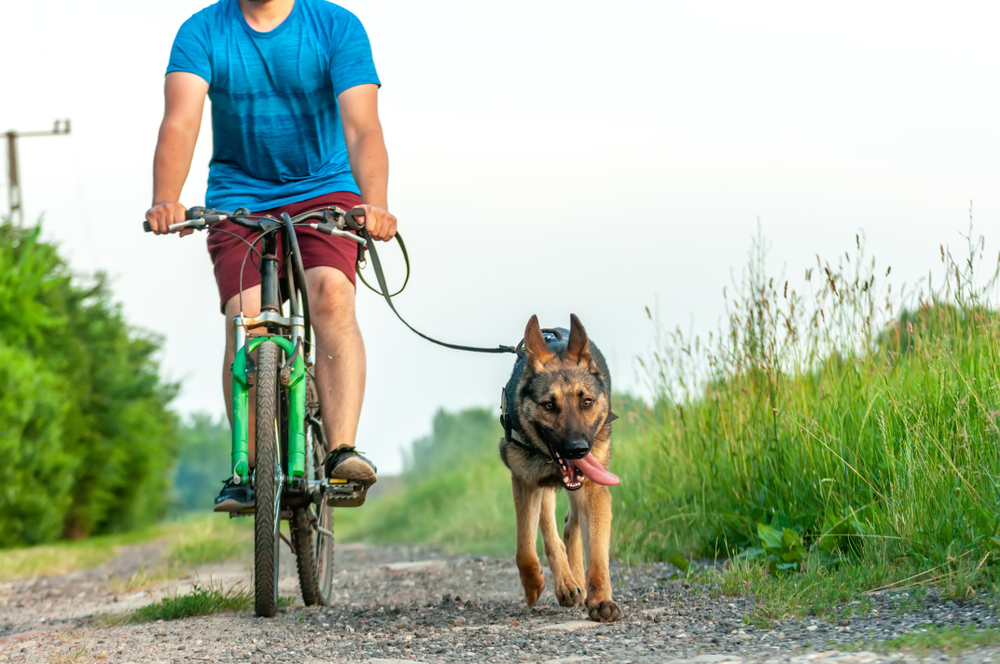
3. Don’t Overdo It
Start with short distances, and gradually lengthen these as your dog gets more comfortable and builds endurance. Pay attention to your pet’s limits, and don’t try to push them too hard. Your dog can suffer an injury or become disinterested in accompanying you when you go cycling if you overdo it.
4. Don’t Ignore the Weather
Avoid cycling in extreme weather conditions. Hot pavements can burn paws, and high temperatures can lead to heatstroke. Additionally, rain and ice can create slippery surfaces, while snow can pile up quickly.
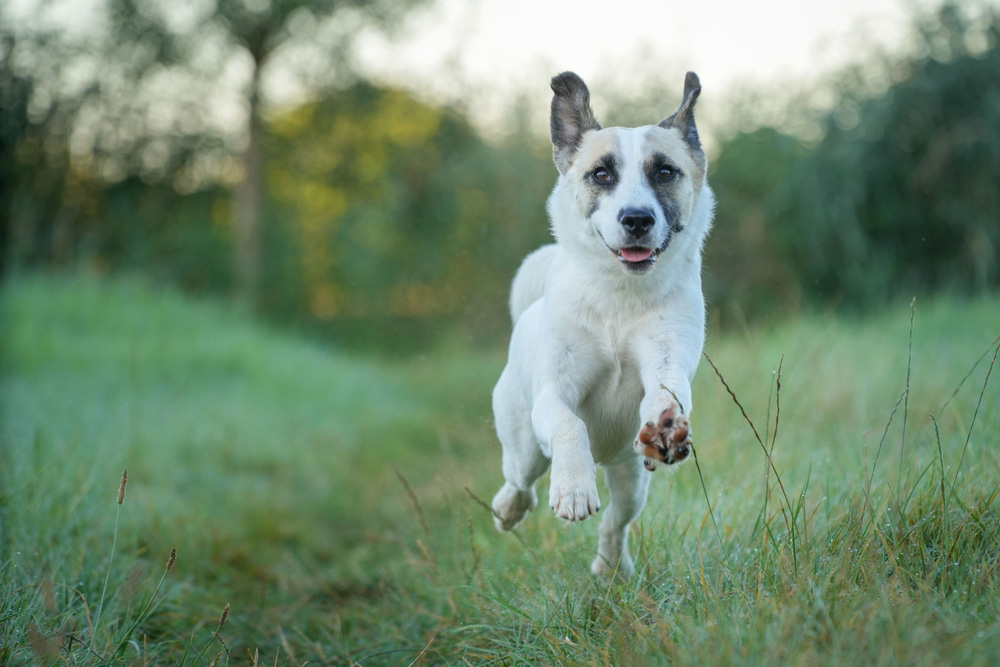
5. Don’t Leave Your Dog Unattended
Never leave your dog unattended, as they can become tangled in the leash or be a target for theft.
Frequently Asked Questions
Is It Safe to Cycle With My Dog?
Yes, cycling with your dog can be safe if you take appropriate precautions. Ensuring that your dog is up to the task of running alongside your bike, having the right gear, and knowing your dog’s limitations are essential for a safe and fun journey.
What Should I Do If My Dog Shows Signs of Fatigue or Overheating?
If you start to notice signs that your dog has gone too far, immediately stop, find shade, and give water to your dog. Let them have a few minutes to cool down before you head back at a slower pace. If they don’t improve quickly, seek veterinary assistance.
Can I Use a Retractable Leash While Cycling?
Many cyclists don’t recommend a retractable leash because they don’t provide enough control over your dog, especially in an emergency. Therefore, fixed-length leashes are better.
What If My Dog Is Scared of or Dislikes Running Alongside the Bike?
If your dog doesn’t seem to enjoy running alongside the bike after a few tries, it’s a good idea to switch to a different activity instead of causing undue stress for you and your pet.
 Summary
Summary
Biking with your dog can be a great experience that allows you both to enjoy the outdoors while getting plenty of exercise, and you don’t need much to get started, provided that your pet is physically capable and knows the proper commands. A harness, bike leash, water bottle, and sometimes, dog shoes are about all you will need. However, remember not to overdo it, and pay attention to the weather and your pet, so you know when to turn back. Take plenty of breaks to help your dog cool down, stay hydrated, and seek veterinary assistance if they show any signs of injury or severe exhaustion.
See Also:
Featured Image Credit: alexei_tm, Shutterstock.jpg
